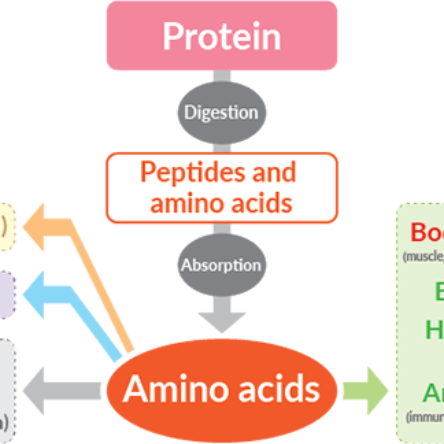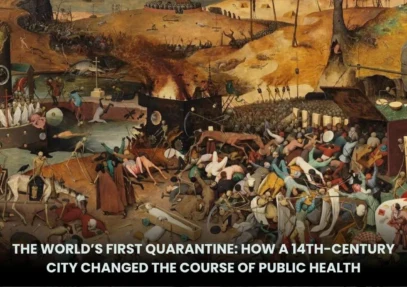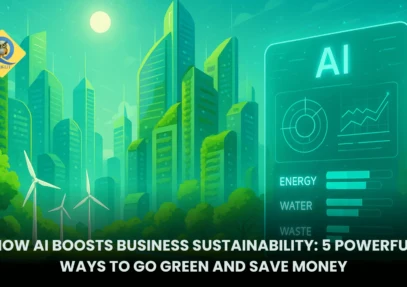India’s upcoming census (by March 2027) will include caste for the first time since 1951. Will this help improve social justice and policy targeting, or risk reinforcing caste divisions?
Humans cannot survive on Mars without significant life-support systems. The planet’s thin atmosphere (95% carbon dioxide), extreme cold, lack of liquid water, and harmful radiation make it inhospitable. Terraforming would be required for long-term, large-scale habitation.
Humans cannot survive on Mars without significant life-support systems. The planet’s thin atmosphere (95% carbon dioxide), extreme cold, lack of liquid water, and harmful radiation make it inhospitable. Terraforming would be required for long-term, large-scale habitation.
See less








we talk about in artery the most largest artery in our human body is aorta and most largest vein in human body is superior inferior vena cava
we talk about in artery the most largest artery in our human body is aorta and most largest vein in human body is superior inferior vena cava
See less